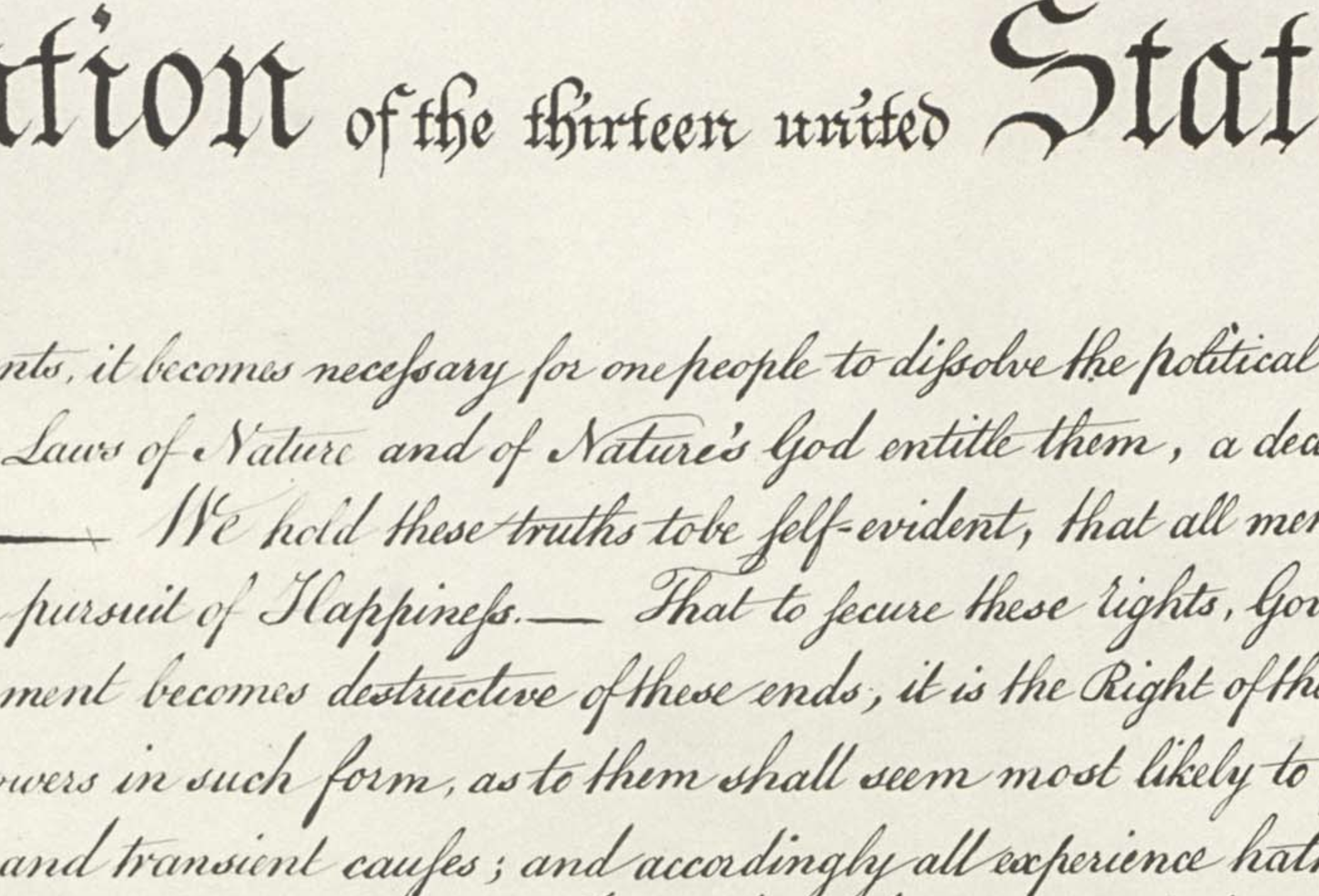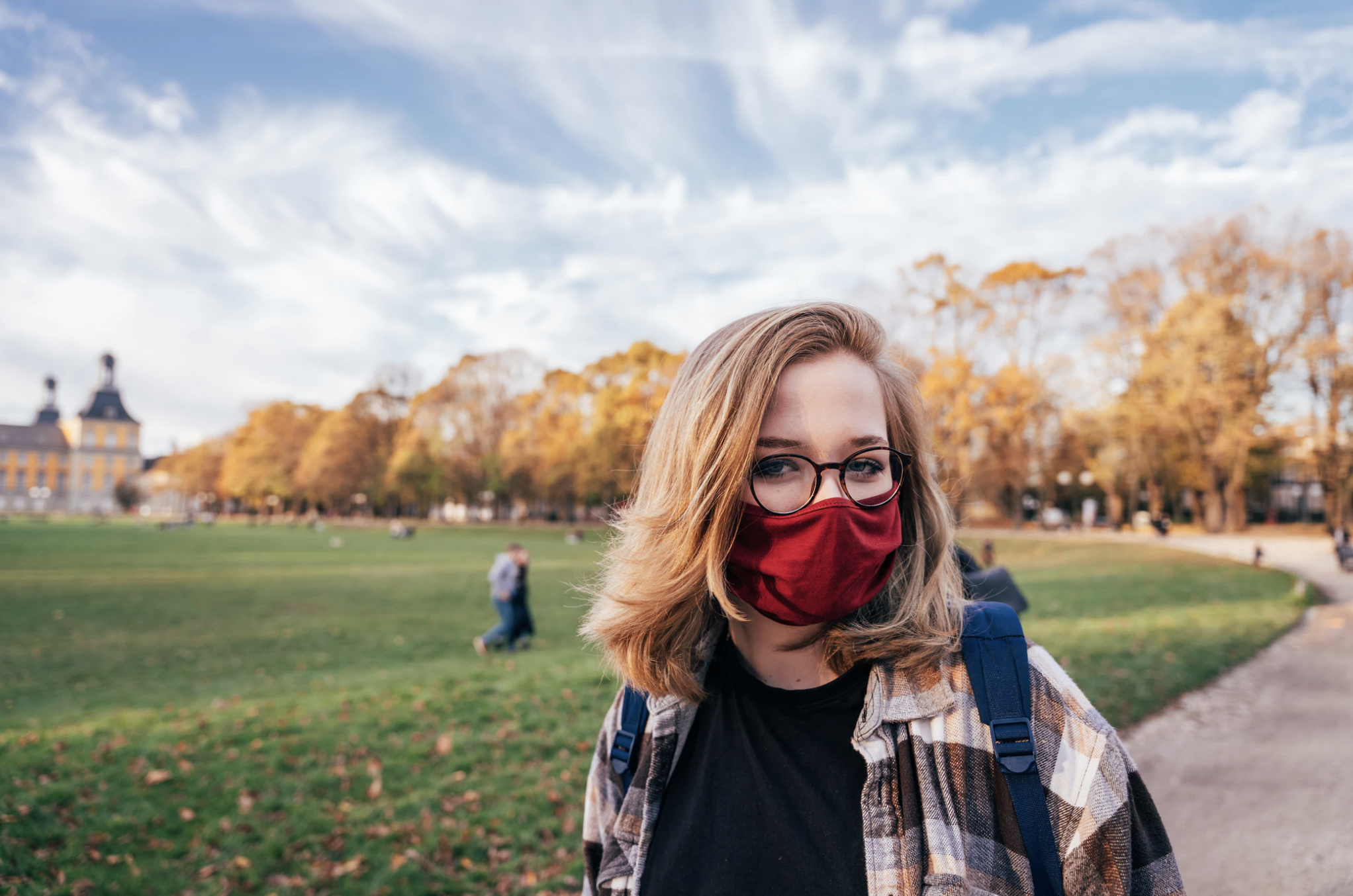“It was the best of times, it was the worst of times, it was the age of wisdom, it was the age of foolishness, it was the epoch of belief, it was the epoch of incredulity…”
—Charles Dickens, A Tale of Two Cities
Disruption can be a catalyst for change. COVID is more of a disruptor than anyone imagined, but pandemic restrictions have provided the opportunity for teacher preparation programs to think outside the box and examine existing policies and practices. Preparing the next generation of educators is an evolving challenge, made more difficult by the complications the pandemic has introduced.
Even before COVID, educator preparation programs (EPPs) were doing more than ever to ensure candidates are prepared to teach when they graduate from their certification programs. Guided by state code, candidates in New Jersey, for example, must now maintain a 3.0 GPA and pass external assessments in basic skills, content, and performance in addition to completing their usual coursework. Candidates must have a minimum of 225 hours in the field prior to their full semester of student teaching, and there are qualifications for who can serve as a mentor teacher. EPPs are highly regulated not only by the state but also by national accreditation standards that require data to demonstrate content and pedagogical knowledge of candidates, clinical partnerships, candidate recruitment and quality, program impact, and the provider’s continuous improvement and capacity. Anyone who has gone through this accreditation process knows how exhaustive it is, with the writing and analysis of the data to show evidence of the standards and laying bare areas in need of improvement. The process is brutally revealing for preparation programs and engages the faculty and staff in deep reflection on what they do and don’t do to produce high quality teachers.
The pandemic has made one of the top priorities of teacher preparation securing placements, which was always challenging because it is seen as additional work, but even more so now that teacher candidates are considered outsiders that local school communities see as increasing the risk of COVID transmission. Other issues that existed prior to COVID have been exacerbated because students who must work their way through college are also feeling the pain of unemployment, loss of on-campus housing, increasing levels of food insecurity, and decreased access to technology.
Even without a pandemic, there are a few aspects of teacher preparation that should be addressed if we are going to build a positive culture that entices future generations to become educators. The first issue is the cost to candidates as they go through the certification process. This includes the state required assessments, the professional wardrobe, criminal background checks, the transportation to and from the clinical site, and other related expenses above and beyond tuition and room and board. While every state has its own set of certification guidelines and requirements, these expenditures are prohibitive to many candidates who are already working to put themselves thorough school and may be facing the burden of a large amount of student loan debt upon graduation. For those who are first-generation college students or who are supporting families, these costs may be felt more acutely. Low starting salaries in many school systems mean that novice teachers may need to hold down two or three jobs to pay the bills. Loan forgiveness and grants are too few and far between, and we lose good teachers to other jobs and careers that pay better.
A second area that has been compounded by COVID is wrapping our heads around the idea that working with teacher candidates should be a mutually beneficial relationship that requires collaboration and partnerships between school districts and EPPs. That means that EPPs can’t just place a candidate in the care of a veteran teacher and expect that he or she knows what to do. In certification programs, teachers learn how to teach children—pedagogy—rather than how to teach adults—andragogy. These are completely different skill sets (Ambrosetti, 2014; Zeichner, 2002). The term cooperating teacher came about because EPPs used to expect that teachers would simply cooperate with university personnel, who believed themselves superior, and step aside to let the teacher candidate learn how to teach (Cornbleth & Ellsworth, 1994). Times have changed, and today not only do EPPs want teachers to actively coach and mentor their candidates, but policy and accountability measures for teachers and school districts require that teachers work collaboratively with candidates to achieve successful outcomes for students (Clarke et al., 2014). This has resulted in many programs’ changing the nomenclature from cooperating teacher to mentor teacher. But mindsets must change both on the EPP and school levels to match that title.
One result of accountability measures dating back to policies enacted because of No Child Left Behind is the emergence of coteaching between candidate and mentor teacher, which has proven to be a beneficial model for the candidate, mentor teacher, and students in the class (Bacharach et al., 2010; Bacharach & Heck, 2012; Bacharach, Heck, & Dahlberg, 2008; Gallo-Fox & Scantlebury, 2016; Murphy & Martin, 2015; Sanchez, Roegman, & Goodwin, 2016; Zeichner et al., 2015). Especially when many teachers are working in hybrid models where they are teaching both in person and virtually, coteaching teacher candidates could be a great support for school districts. When it comes to mentoring, however, EPPs must remember that in the absence of any other training on how to work with a teacher candidate, most mentor teachers will default to the way they were trained. Mentor teachers want information about mentoring and feedback about how they are doing when they mentor a candidate (DelColle, 2019). Just like with teacher candidates, if mentor teachers don’t know they are doing something wrong, they can’t fix it. We also know that one bad experience with a teacher candidate is likely to stop a mentor teacher from volunteering to take a candidate again for many years. EPPs and districts must work together to ensure that mentor teachers are trained for the job. Learning how to work with other adults is a cornerstone of teacher leadership, and the modeling of effective collaboration sets a great example for students.
Unfortunately, with the pandemic altering the nature of classroom teaching, the focus is on how to survive in the time of COVID. But this disruption provides the opportunity to address existing challenges that are compounded by new ones as teachers try to navigate virtual, hybrid, or in-person learning with social distancing protocols. Anyone who knows a teacher knows that his or her workload and stress level have increased exponentially, while funding for school districts has not increased enough to cover the costs of reopening safely. In some cases, this has resulted in budget cuts for school districts due to increased costs coupled with declining state and local revenues that would normally support education. Brixey and Smillie (2020) report that the School Superintendents Association estimates that it will cost the average district $1.7 million to safely reopen for in-person learning. This includes one-time costs, such as infrastructure, plexiglass partitions, and technology as well as ongoing costs including PPE, cleaning protocols, transportation, staffing, COVID testing, and disposable food service items. With all the added stress of strained budgets, learning how to teach effectively in two places at the same time, and the daily threat of catching a deadly virus, some districts believe it is unreasonable to expect teachers to do so much and work with a teacher candidate at the same time. Placements are extremely difficult to find, and no one is volunteering. But districts need to remember that if teacher candidates can’t get placements, then candidates can’t certify to become teachers, and the result will be increasing teacher shortages for years to come. We can’t recruit future educators and diversify the pipeline if districts are not willing to host candidates so they can meet their certification requirements.
The good news is the teacher candidates of today are savvy digital natives who have proven to be an asset to mentor teachers during this pandemic. This is especially the case when an EPP provides professional development for teaching teams on platforms like Google Classroom so everyone is on the same page. It takes some outreach from EPPs as well as a lot of flexibility from EPP faculty to take all these changes in stride. But doing so is important if we want to keep placing candidates in the field during the pandemic and prevent future teacher shortages. When we have strong mentor teachers, we get strong candidates, and EPPs must work with the teaching team and not just the candidate (Clarke et al., 2012). A big step toward creating mutually beneficial partnerships is to remember we are all on the same team in trying to do what is best for kids—in normal times or unprecedented ones.
—
Ambrosetti, A., Knight, B. A., & Dekkers, J. (2014). Maximizing the potential of mentoring: A framework for pre-service teacher education. Mentoring & Tutoring: Partnership in Learning, 22(3), 224-239.doi:10.1080/13611267.2014.926662
Bacharach, N., Heck, T., & Dahlberg, K. (2008). What makes co-teaching work? Identifying the essential elements. College Teaching Methods & Style Journal, 4(3), 43-48. doi:10.19030/ctms.v4i3.5534
Bacharach, N., & Heck, T. W. (2012). Voices from the field: Multiple perspectives on a co-teaching in student teaching model. Educational Renaissance, 1(1), 49-61. Retrieved from https://educationalrenaissance.org/index.php/edren
Bacharach, N., Heck, T. W., & Dahlberg, K. (2010). Changing the face of student teaching through co-teaching. Action in Teacher Education, 32(1), 3-14. doi: 10.1080/01626620.2010.10463538
Clarke, A., Collins, J., Triggs, V., Nielsen, W., Augustine, A., Coulter, D., & Weil, F. (2012). The Mentoring Profile Inventory: An online professional development resource for cooperating teachers. Teaching Education, 23(2), 167-194. doi:10.1080/10476210.2011.625086
Clarke, A., Triggs, V., & Nielsen, W. (2014). Cooperating teacher participation in teacher education: A review of the literature. Review of Educational Research, 84(2), 163-202. doi:10.3102/0034654313499618
DelColle, J. M. (2019). Mentor Teacher Development During a Co-teaching Model of Student Teaching (Doctoral dissertation, Walden University).
Brixey, E., Smillie, S. (2020) State Information Request: School Reopening Costs and Personal Protective Equipment, Education Commission of the States
—
Dr. Jeanne DelColle is the Executive Director for the Center for Future Educators at the College of New Jersey. She is an award-winning educator who has dedicated 25 years to her field. During her time as a social studies teacher, Jeanne was named NJ Council for the Humanities Teacher of the Year, NJ History Teacher of the Year, and 2012 NJ State Teacher of the Year. She spent a year and a half at the NJ Department of Education, where she created the NJ Teacher Advisory Panel to bring teacher voices to policy making. Jeanne’s interest in policy led her to be named a National Hope Street Group Fellow, which allowed her to advocate for education on both a state and national level. After being selected for an NEA Foundation Global Learning Fellowship to examine the education system in Brazil, Jeanne designed and co-directed a mentorship program for Global Learning Fellows.
Since 2013, Jeanne served as the Strategic Partnerships Specialist in Stockton University’s School of Education, where she organized all field placements, implemented innovative partnerships with school districts, and oversaw student teaching. She was also the sole author of Stockton’s Standard 2 CAEP re-accreditation. Jeanne holds NJ certifications as a teacher and supervisor. She completed her Ph.D. in Leadership, Policy, and Change in Education with a focus on mentor teacher growth during a co-teaching model of student teaching.




